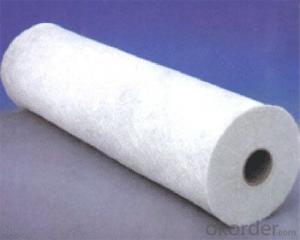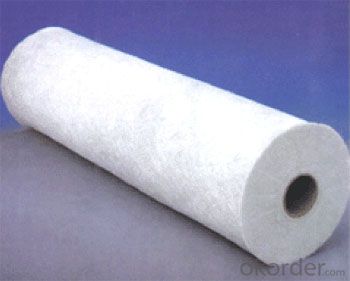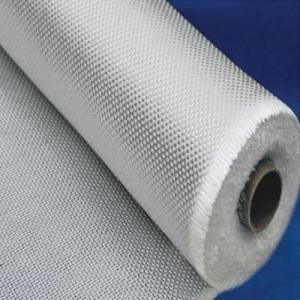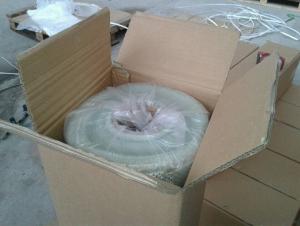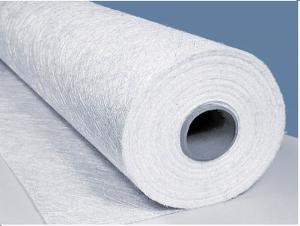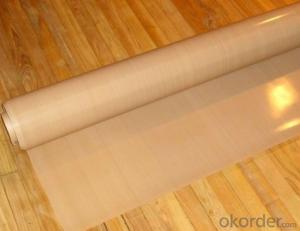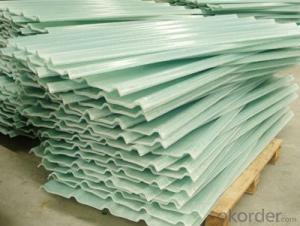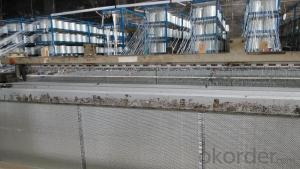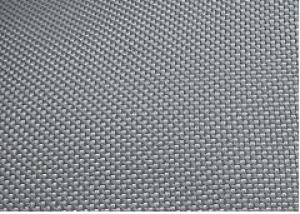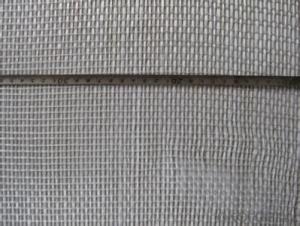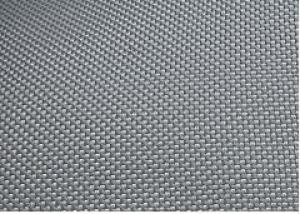Fiberglass Fabrics - E Glass Fiber Stitched Fabrics
- Loading Port:
- China Main Port
- Payment Terms:
- TT or LC
- Min Order Qty:
- 10000 kg
- Supply Capability:
- 200000Kg Per Month kg/month
OKorder Service Pledge
OKorder Financial Service
You Might Also Like
Product Description
1. Including Knitted mat,Stitched multi-axial fabric,Stitched combination fabrics.
2. Compatible with unsaturated polyester,vinyl resin and epoxy resin.
3. Applicable for pultrusion, hand lay-up and RTM processes.
1. Consistent thickness and excellent surface treatment.
2.Superior anisotropy and isotropy characteritics.
3.Rapid impregnating and good compatibility with resin.
4. Uniform tension,high dimensional stability and making handing easy.
5.Good mechanical properties and high strength of parts.
Technical Data Sheet
Item | Over Density | Moisture Content | Chop Density | Polyester Yarn | Width |
(g/m2) | (%) | (g/m2) | (g/m2) | (mm) | |
EMK300 | 309.5 | ≤0.15 | 300 | 9.5 | 50-3300 |
EMK380 | 399 | 380 | 19 | ||
EMK450 | 459.5 | 450 | 9.5 | ||
EMK450 | 469 | 450 | 19 | ||
EMC0020 | 620.9 | 601.9 | 19 | ||
EMC0030 | 909.5 | 900 | 9.5 |
FAQ
Packaging&Storage
Eech roll is packed by polyester bag,and then put into a cardboard box or plastic wowen bag.The weight of each roll is between 20 to 85 Kg, The rolls are to be horizontally placed and could be in bulk or on pallet.Optimum storage conditions are between the temperature of 5~35℃ and with the humidity between 35%~65%.The product should be used within 12 months from the time of delivery and remain in theiroriginal packaging until just prior to use.
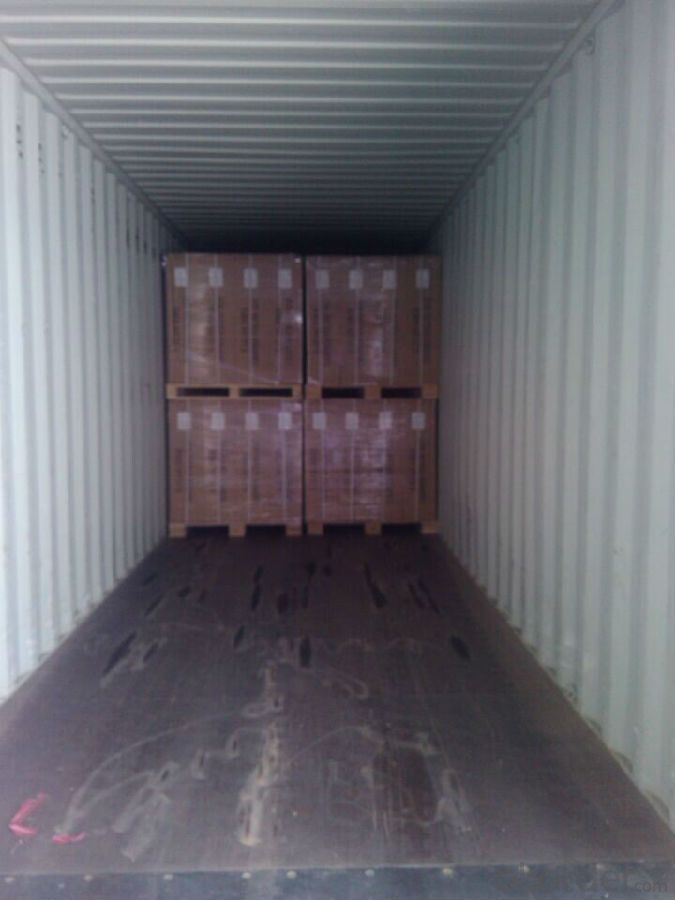
- Q: Can fiberglass fabric be used for acoustic insulation?
- Yes, fiberglass fabric can be used for acoustic insulation. Fiberglass fabric is known for its excellent sound-absorbing properties, making it an ideal material for acoustic insulation. It can effectively reduce noise by absorbing sound waves, preventing them from bouncing off hard surfaces and creating echoes or reverberations. Fiberglass fabric is commonly used in various applications such as wall panels, ceiling tiles, and acoustic curtains to improve sound quality and reduce unwanted noise in spaces such as theaters, recording studios, and offices. Additionally, fiberglass fabric is lightweight, durable, and easy to install, making it a popular choice for acoustic insulation solutions.
- Q: What is the typical tear strength of fiberglass fabrics?
- The typical tear strength of fiberglass fabrics varies depending on the specific type and thickness of the fabric, but it is generally quite high. Tear strengths can range from around 20-200 Newtons per centimeter (N/cm) or higher.
- Q: How does fiberglass fabric perform in flexibility?
- Fiberglass fabric is known for its excellent flexibility. It can be easily bent, twisted, or molded into various shapes without losing its structural integrity. This makes it a versatile material that can be used in a wide range of applications, from automotive and aerospace industries to construction and recreation.
- Q: Is fiberglass fabric suitable for making sports equipment bags?
- Yes, fiberglass fabric is suitable for making sports equipment bags. It is known for its durability, strength, and resistance to tearing, making it an ideal choice for bags that need to withstand heavy usage and potential impact. Additionally, fiberglass fabric is lightweight, which is advantageous for sports equipment bags that need to be carried around easily.
- Q: Are there any specific certifications or standards for fiberglass fabrics?
- Yes, there are specific certifications and standards for fiberglass fabrics. One of the most widely recognized certifications for fiberglass fabrics is the ISO 9001:2015 certification, which signifies that the manufacturer has implemented a quality management system and meets the international standards for product quality. In addition, there are specific standards developed by organizations like ASTM International (formerly known as the American Society for Testing and Materials) that outline the testing methods and performance requirements for fiberglass fabrics. For example, ASTM D579-67(2013) provides standard specifications for glass fiber fabrics, while ASTM D3774-16a covers the testing of woven fabrics. Furthermore, there are industry-specific certifications that fiberglass fabric manufacturers may seek, such as the NORSOK M-710 certification for offshore applications or the MIL-STD-810 certification for military-grade fabrics. These certifications and standards help ensure that fiberglass fabrics meet certain quality, safety, and performance criteria. They provide customers with confidence in the product's reliability and help manufacturers demonstrate their commitment to producing high-quality fiberglass fabrics.
- Q: How is fiberglass fabric used in the production of boat hulls?
- Fiberglass fabric is extensively used in the production of boat hulls due to its exceptional strength, durability, and lightweight nature. It is a versatile material that is made by weaving together fine strands of glass into a fabric. This fabric is then impregnated with a resin, typically a polyester or epoxy resin, to create a solid and rigid composite structure. In boat hull production, fiberglass fabric is used as a reinforcement material. It is commonly applied in several layers, known as laminate, to form a strong and rigid hull. The fabric is first laid down on a mold or a frame in the desired shape of the boat. The resin is then applied over the fabric, saturating it completely and bonding the layers together. Once the resin cures and hardens, the fiberglass fabric becomes an integral part of the boat hull. It provides structural integrity, making the hull resistant to impacts, flexing, and water damage. The strength of the fiberglass fabric ensures that the hull can withstand the stresses and forces encountered during boating, such as waves, wind, and collisions. Moreover, fiberglass fabric offers excellent resistance to corrosion, rot, and degradation from exposure to water, making it an ideal choice for boat hulls. It is also relatively easy to shape and mold, allowing boat manufacturers to create hulls of various designs and sizes. Furthermore, fiberglass fabric can be easily repaired if damaged. If the hull suffers any cracks or punctures, it can be fixed by simply applying a new layer of fiberglass fabric and resin over the damaged area. This repair process ensures that the boat remains structurally sound and watertight. In summary, fiberglass fabric plays a crucial role in the production of boat hulls by providing strength, durability, and resistance to water damage. Its versatility and ability to be easily repaired make it a preferred choice for boat manufacturers worldwide.
- Q: What about laying glass fiber cloth on polyurethane waterproof coating?
- Urea based material can be protected for life.
- Q: How is fiberglass fabric used in the production of insulation boards?
- The excellent thermal resistance, durability, and fire-retardant properties of fiberglass fabric make it widely used in the production of insulation boards. In the manufacturing process, it serves as a reinforcement material and is combined with a binder, such as resin or adhesive, before being compressed to form the boards. This ensures that the insulation material remains stable and prevents it from shifting or settling over time. Additionally, fiberglass fabric enhances the insulation properties of the boards by minimizing heat transfer. This helps to maintain comfortable temperatures in buildings throughout the year, leading to energy efficiency and reduced heating or cooling costs. Moreover, the fire-retardant characteristics of fiberglass fabric provide an extra layer of protection in insulation boards. It acts as a barrier against flames and reduces the risk of fire-related damage. In summary, fiberglass fabric is essential in the production of insulation boards due to its ability to reinforce structures, provide thermal insulation, and offer fire-resistance. It is a versatile and superior choice for various applications in residential, commercial, and industrial buildings where insulation is required.
- Q: Can fiberglass fabrics be used for outdoor applications?
- Absolutely! Outdoor applications are perfect for fiberglass fabrics. The durability and ability to withstand harsh weather conditions are what make fiberglass an ideal material for outdoor use. It is commonly seen in outdoor furniture, awnings, canopies, and covers. Moreover, fiberglass fabrics are highly resistant to UV rays, moisture, and mildew, ensuring that they retain their strength and appearance when exposed to the elements. Additionally, their lightweight and flexible nature make fiberglass fabrics a breeze to install and work with for any outdoor project.
- Q: Can fiberglass fabric be used for insulation blankets?
- Yes, fiberglass fabric can be used for insulation blankets. Fiberglass fabric is known for its excellent thermal insulation properties, making it a popular choice for insulation applications. It is lightweight, flexible, and can be easily molded into the desired shape. Fiberglass fabric is also resistant to high temperatures, chemicals, and moisture, making it suitable for use in various industrial, commercial, and residential settings. Additionally, it is non-combustible and has a low thermal conductivity, allowing it to effectively trap heat and prevent energy loss. Therefore, fiberglass fabric is a suitable material for insulation blankets, providing thermal insulation and energy efficiency.
Send your message to us
Fiberglass Fabrics - E Glass Fiber Stitched Fabrics
- Loading Port:
- China Main Port
- Payment Terms:
- TT or LC
- Min Order Qty:
- 10000 kg
- Supply Capability:
- 200000Kg Per Month kg/month
OKorder Service Pledge
OKorder Financial Service
Similar products
Hot products
Hot Searches
Related keywords
